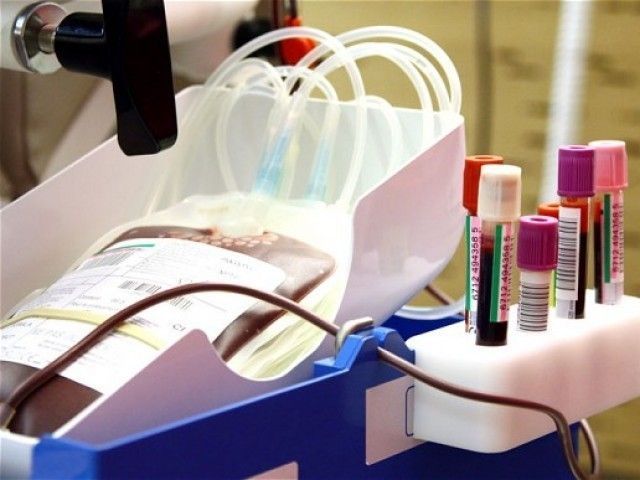
Epidemiologists say these diseases, although not fatal, can be more dangerous than some diseases because they are apparently ‘invisible’ and are not taken as seriously despite seriously impacting the productivity of people for years.
Calling for attention: Anemia, iron deficiency on the rise
According to the annual Global Burden of Disease (GBD) study, Pakistanis on average lose 34,841.8 years due to iron-deficiency anaemia, 57,648.2 to lower back pain and 45,121.9 to migraines.
An individual Pakistani ends up losing around several years of their expected 66 years life to these afflictions.
The study was coordinated by the Institute for Health Metrics and Evaluation (IHME), an independent global health research centre at the University of Washington in Seattle. It is the largest and most comprehensive epidemiological effort to quantify health loss across places and over time.
It draws on the work of over 2,500 collaborators from more than 130 countries and territories. This year, more than 13 billion data points were included.
According to the comparison made in the study, iron deficiency anaemia was the number one cause of years lived with disability (YLDs) in Pakistan in 2005 too and remains the number one cause over a decade later in 2016.
Skin diseases remain second as in previous years, while lower back and neck pain jumps from number four to number three in 2016. Other top ten diseases impacting productive lives in 2016 include sense organ diseases, migraine, depressive disorders, diabetes, other musculoskeletal, anxiety disorders, drug use disorders.
“While diseases which cause deaths are the prime focus of governments, diseases which disable a productive person for years, even partially, are equally important and need to be addressed,” said Contech International School of Public Health Assistant Professor, Consultant Epidemiologist and Biostatistician Dr Anwar Rafay, a co-author and a collaborator on the study.
Are you anaemic? 5 things you need to know, now
“Apparently, these diseases are not taken seriously but they are the biggest disablers which affect the quality of life,” he said, adding that this means individuals cannot contribute their fullest potential to the welfare of their families or to the economy.
“Half of Pakistan’s women are anaemic and iron deficient and this deficiency travels in next generations especially in girls due to the reproductive life cycle. Women who are not educated or less educated are more prone to iron deficiency,” he added.
Iron deficiency, Dr Rafay said, leads to other micronutrient deficiencies with women unable to perform their household chores properly while transferring their deficiency to other generations.
According to the Pakistan’s National Nutrition Survey 2011, conducted by Aga Khan University, Ministry of Health and the UNICEF, iron deficiency anaemia prevalence is highest among pregnant women at 37 per cent, while 26 per cent among non-pregnant women. Children, on the other hand, demonstrated iron deficiency at a staggering 43.8 per cent.
“The fact that iron deficiency causes such burden, especially among women and children in Pakistan should come as no surprise,” remarked Dr Zulfiqar Bhutta, a co-author of the study and the founding director of the Center of Excellence in Women and Child Health at the Aga Khan University.
“This is related to poor diets, high burden of infections and ineffective preventive strategies and programmes”.
Published in The Express Tribune, September 25th, 2017.

1725612926-0/Tribune-Pic-(8)1725612926-0-165x106.webp)








1725254039-0/Untitled-design-(24)1725254039-0-270x192.webp)






COMMENTS
Comments are moderated and generally will be posted if they are on-topic and not abusive.
For more information, please see our Comments FAQ